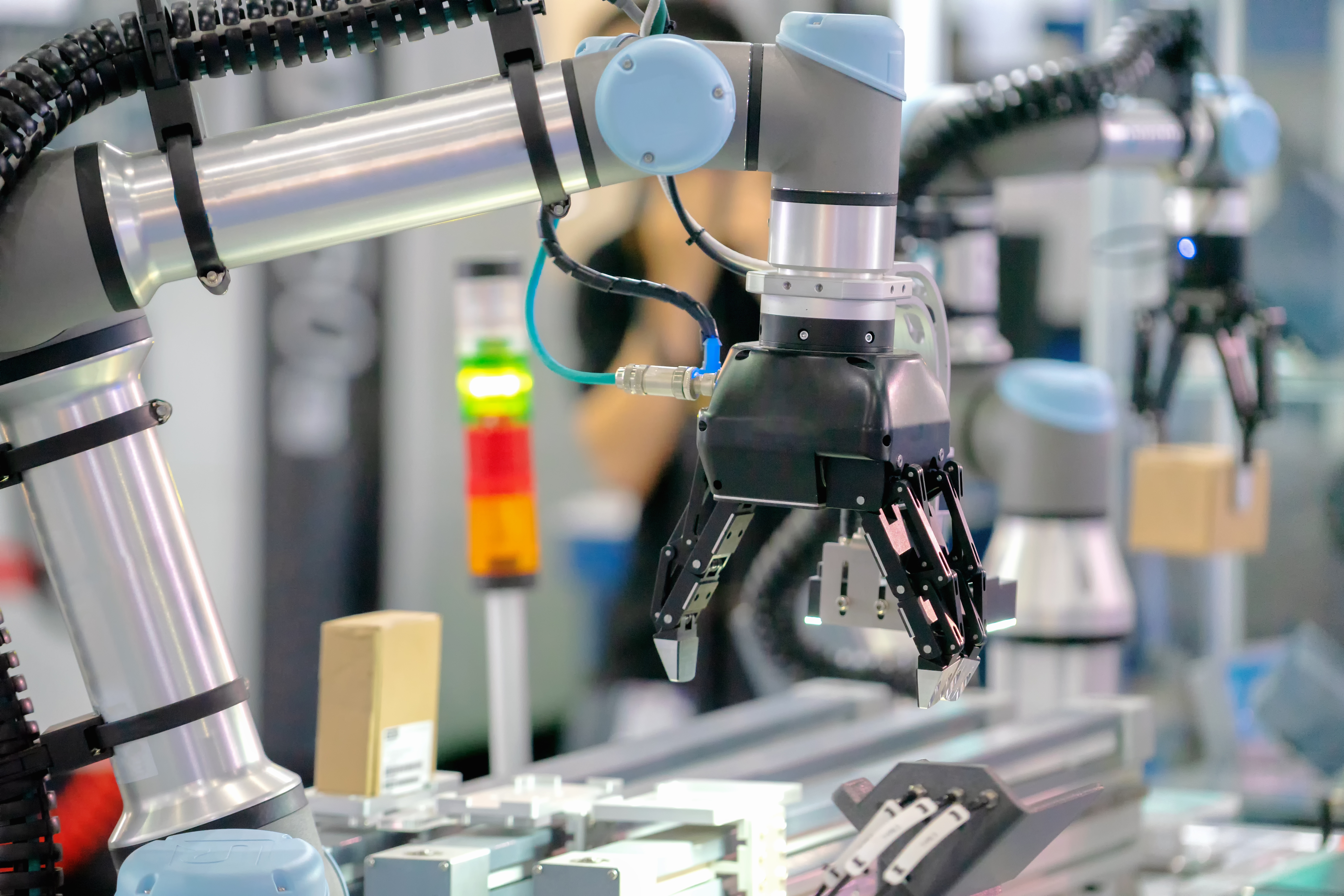Global Tool Refurbishment Service Market Is Expanding with this Pandemic
By Dr. William Oliver Hedgepeth, American Public University
The reverse logistics actions of tool refurbishment service are world-wide, ranging from the U.S., Canada, Mexico, Germany, U.K., France, Italy, Russia, Turkey, China, Japan, Korea, India, Australia, Indonesia, Thailand, Philippines, Malaysia, Vietnam, Brazil, and Africa. So far, Afghanistan has yet to enter this market. But watch. You may be surprised in a year or two to see tool refurbishment business opportunities coming there too from one of more of these countries listed above. And while this global COVID-19 pandemic has impacted manufacturing, the tool refurbishment seems well underway.
Tools fall into many categories of refurbishment. Tools are needed to be cleaned for reuse or resale on a secondary market. There are adhesives or abrasives or oil or epoxy that needs to be cleaned off these tools. If there is a broken part on a tool, that needs to be repaired. There are so many actions needed to put a primary tool back in shape for use or sale. And the market is global as you saw, demanding an organization of data-base update and access for transportation to a new user.
The process for analyzing tools in need of repair has demanded faster and improved accuracy in those different refurbishment activities. You will see more use of artificial intelligence (AI) and robots’ processes for initial sorting and selection of tools for different levels of repair. This also means an increase in data management system and capturing instant data points for possible distribution decisions and packaging and marketing and transportation.
Repair and refurbishment must be done by the thousands per hour. A human does not do this. Robots are programmed to bring high-quality repairs. The purchase of robots is part of manufacturing of initial tools, but more so for the repairs to be done at a fraction of the cost of human-born repairs. Yes, some jobs may be lost. But other jobs are being improved using these technology tools or AI and robots. And there is a need to repair these robots and their parts when they wear out or almost wear out.
The demand for refurbished tools is growing. However, there is a problem. That problem is the pandemic impacted slowdown in the global supply chains from these many global providers of repaired or refurbished tools. The global supply chain is impacted by the many 20-foot containers sitting on nearly a hundred ships waiting at sea to enter the ports of the U.S. and other countries. This transportation problem is also creating a logistics problem with warehouses overflowing with other products and they have difficulty finding space for these repaired items. This situation is expected to ease within 2022, which means a surge of repaired items trying to reach customers by next spring and summer, not this fall.

 Dr. William Oliver Hedgepeth
Dr. William Oliver HedgepethI am the Program Director for the Reverse Logistics Department for the American Public University System. Prior to joining APUS I was a tenured Associate Professor of Logistics at the University of Alaska Anchorage for nine years. My research and teaching interests are in military logistics, global logistics, reverse logistics, hybrid aircraft, transportation, supply chain management, lean operations, RFID technology, disaster logistics, knowledge management, business logistics, and project management.
I earned my Ph.D. and masters degree in Engineering Management from Old Dominion University while also working for TRADOC (Training and Doctrine Command) at Fort Monroe.
My work experience includes 28 years as a civilian operations research analyst on transportation and logistics systems with the Department of Defense. I shuttled from the Pentagon, Crystal City, Fort Monroe, Fort Leavenworth, Fort Lee and Fort Belvoir while conducting cost and operational effectiveness analyses, developing computer models, and artificial intelligence applications for logistics and combat systems. I eventually rose to the rank of GS-15.
One of my really cool assignments was as the initial Director of the Artificial Intelligence Center for Army Logistics, Fort Lee, 1985-1990. I am also the former Director of Data Management for the Army Model Improvement Management Office, 1981-1984, Fort Leavenworth. After my life in DOD, I worked for GRCI, which eventually merged with AT&T, as a senior scientist on Army logistics program developments.
I did write a real book, RFID Metrics, examining how we define problems such as reverse logistics to track and trace produce along their life cycles. It was published in 2007 by CRC Press.